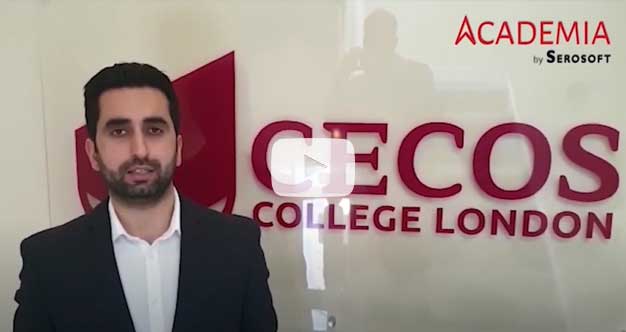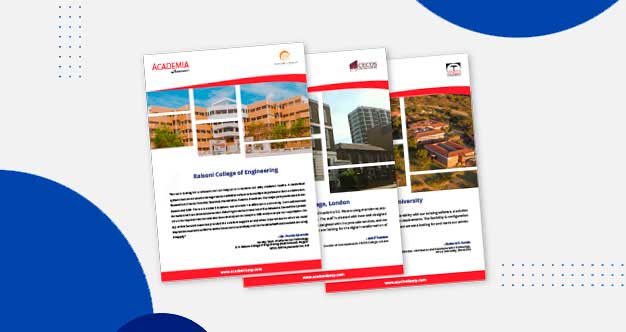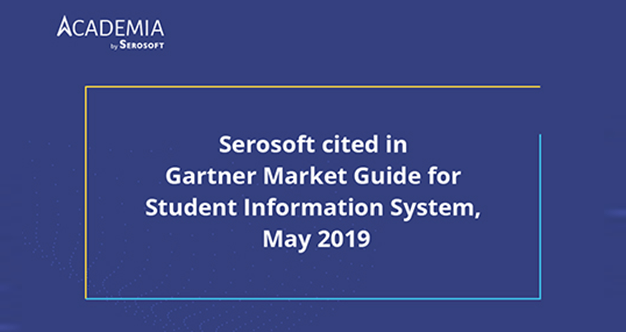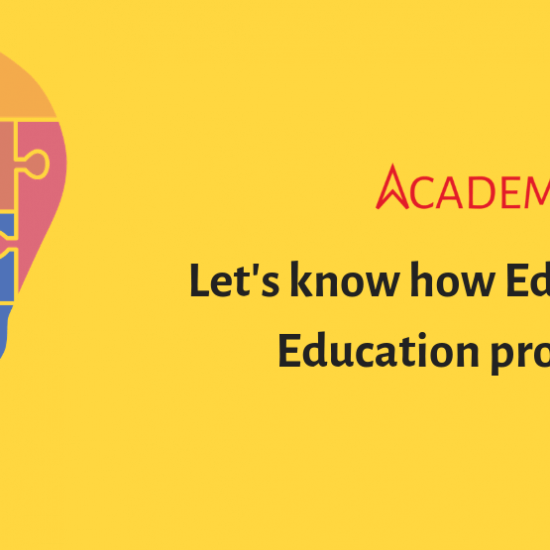
Embracing the Future: Student Information Systems in 2030
In recent years, education has expanded beyond just imparting factual knowledge. Modern education emphasizes problem-solving, creativity, collaboration, and emotional intelligence. It also focuses on values, ethics, and diverse perspectives so the students are better prepared to navigate the world effectively.
As educational methodologies evolve, so should the technology that supports them. By 2030, Student Information Systems (SIS) will not just manage student data but actively contribute to holistic learning experiences. These systems will integrate advanced technologies like artificial intelligence (AI), machine learning, and blockchain to transform the operations of educational institutions.
Key Features By 2030
Student Information Systems of the future will be more than just administrative tools. They will empower educators to deliver personalized, data-driven instruction while fostering student success. Institutions that embrace these advancements are most likely to create more inclusive, efficient, and engaging learning environments.
- Automated Administrative Processes: Broadly speaking, SIS platforms already automate routine administrative tasks such as admissions, fee collection, timetable generation, and report card creation. This automation reduces paperwork, saves time, and minimizes errors. Advanced SIS platforms are set to include integrated communication tools to facilitate seamless interaction among students, teachers, and parents. AI-driven chatbots will provide instant responses to common queries, reducing administrative workload.
- Personalized Learning Paths: Finland’s education policy is a prime example of this global trend. The Finnish education system allows students to select their learning path based on their skills and preferences. Similarly, the future of international education will revolve around analyzing student performance, preferences, and strengths to create customized learning paths. Students will receive tailored resources and assignments to ensure they progress at their own pace.
- Real-Time Analytics and Insights: Educators and administrators will benefit from real-time dashboards. These dashboards offer insights into student engagement, attendance, and academic progress. Predictive analytics will identify students who need additional support to enable timely intervention. These insights will extend beyond academics to a holistic understanding of each student, including social and emotional well-being indicators. Institutes can leverage these analytics to design more effective curricula, allocate resources efficiently, and improve overall institutional performance.
- Seamless Integration with EdTech Tools: Future SIS platforms will seamlessly integrate with popular educational apps, virtual learning environments, and content platforms. This integration will reduce administrative burdens by streamlining the teaching and learning experience. SIS will create a cohesive learning environment for teachers to assign tasks, share resources, and track progress within a unified platform. At the same time, students would be able to access all their learning materials without switching between multiple apps. Moreover, integration with video conferencing tools and digital assessment platforms will further enhance virtual and hybrid learning models. Institutes will also benefit from interoperability standards that allow different systems to communicate effectively and ensure a smooth flow of information across platforms.
- Improved Communication and Collaboration: Advanced SIS platforms will include integrated communication tools, facilitating seamless interaction among students, teachers, and parents. Collaborative project spaces and discussion forums will further enhance the learning experience. These platforms will ensure all stakeholders stay informed by supporting real-time messaging, video calls, and automated notifications for important updates. Additionally, AI-driven chatbots will respond instantly to common queries to reduce administrative workload. Institutions will also benefit from multilingual communication features to promote inclusivity for diverse communities.
Conclusion
The future of education is dynamic, and with the right technology, institutions can navigate this transformation with confidence. Embracing next-generation SIS platforms will not only streamline operations but also enrich the educational journey for students worldwide. As we stand on the cusp of this technological revolution, one question remains: Are educational institutions ready to embrace the full potential of these innovations and redefine learning for future generations?
Related Posts:
 Higher Ed Plans
Higher Ed Plans K12 Plans
K12 Plans










